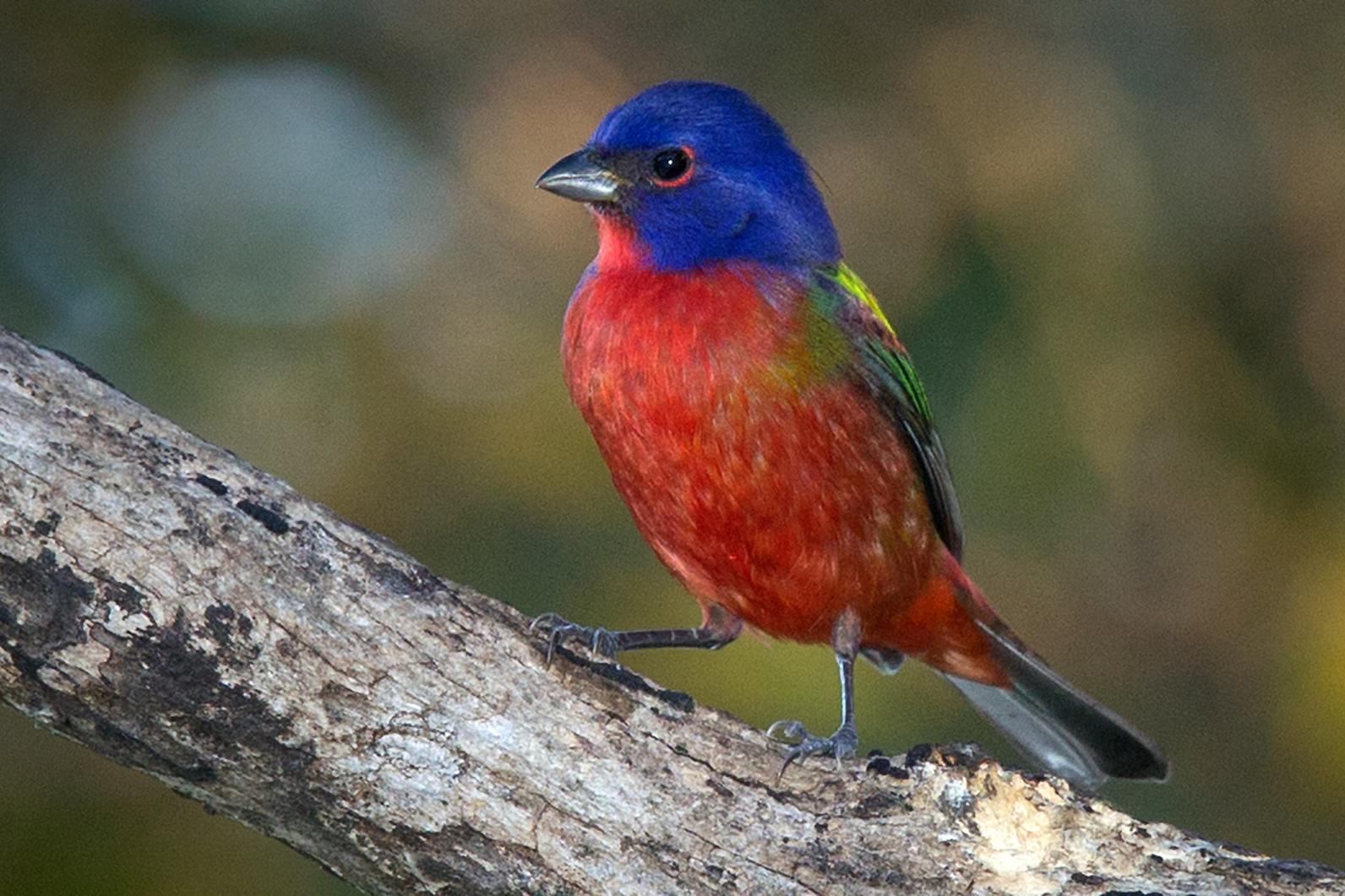Launched in 2013, Audubon North Carolina’s Bird-Friendly Communities initiative is a partnership program involving more than 20 organizations with a vision for creating a more bird-friendly North Carolina. This vision statement guides the goals and projects of the group: “Bird-friendly communities give birds the opportunity to succeed by providing connected habitat dominated by native plants, minimizing threats posed by the built environment, and engaging people of all ages and backgrounds in stewardship of nature.”
Please welcome guest-blogger Lara Berkley, member of Cape Fear Audubon Society, and a team member of Audubon North Carolina’s Bird-Friendly Communities program.
In this four-part series, learn from Wilmington-based landscape architect, Lara Berkley, how incorporating bird-friendly practices into architecture and landscape design can have a wide-reaching impact on the birds in your backyard and community at-large. Click here to read the previous installments.
How have these bird-friendly practices transformed your own home?
Our own experience brings home the importance of what we do in our work. We have a suburban house on about half an acre – exactly the kind of conventional landscape that can benefit from bird-friendly practices.
When we lived in Seattle, our urban lot was far smaller, but more heavily vegetated with native plants. After moving to Wilmington, we missed our wildlife views, so the first project was to start eliminating large areas of lawn, and encouraging or planting more native vegetation. There are enough undeveloped areas in the vicinity that gave us a good idea of what plant communities would be good reference points, but we also began looking for opportunities to wander around with knowledgeable locals – Cape Fear Audubon Society and NC Native Plant Society provide good opportunities in that regard!
After the economic downturn, we moved our practice from Wilmington to our home. ‘Staying home’ all day (and taking advantage of a treehouse) has allowed us to watch the comings and goings of animal life in our cul-de-sac. And we have definitely noticed over time, that as we have slowly added more vegetation, there have been more birds.

Our lot had a virtual perimeter of invasive Chinese Privet, and it is an ongoing trial to keep it at bay. Chinese Privet is an exotic invasive plant that on the surface seems like a great plant for birds – it has lots of berries, and provides super shelter, but it is a serious bully to native plant diversity. It attracts very few insects, making it a poor protein source for birds, and it spreads rapidly, outcompeting most plants in its path.
When we yanked out the giant Privet, we were rewarded by new growth of Beautyberry, Hickory, Yaupon, Persimmon, Winged Sumac and Live Oak. No plant purchase or planting required! All of these plants sprang up from the seedbed, and that has been a reminder to consider what is (or isn’t) in the existing topsoil. These plants have attracted a lot of birds, and we’ve been keeping a bird log, which has been a nice way to look back to see who has arrived when! Last year, we were totally floored to see a Painted Bunting in own front yard. We do not live particularly close to the coast, so that was a nice surprise, which we reported to PBOT, the Painted Bunting Observer Team.
These personal experiences reinforce our desire to bring the same joy to our clients.
Lara Berkley is a NC-registered landscape architect, LEED-accredited professional, and partner with B+O: design studio, PLLC, in Wilmington, NC. She started B+O: design studio with her husband/partner, architect Scott Ogden, working in a variety of scales and project types, including design for educational/institutional, single-family, and commercial projects. Lara is currently co-chair of the North Carolina Native Plant Society SE Coast chapter, a member of Cape Fear Audubon Society, and a team member of Audubon North Carolina’s Bird-friendly Communities program.
For more information about Audubon’s Bird-Friendly Communities program, visit our website.
Want to learn more on bird-friendly design? Stay tuned for the final installment: Seven things landscape design professionals can do for birds.



